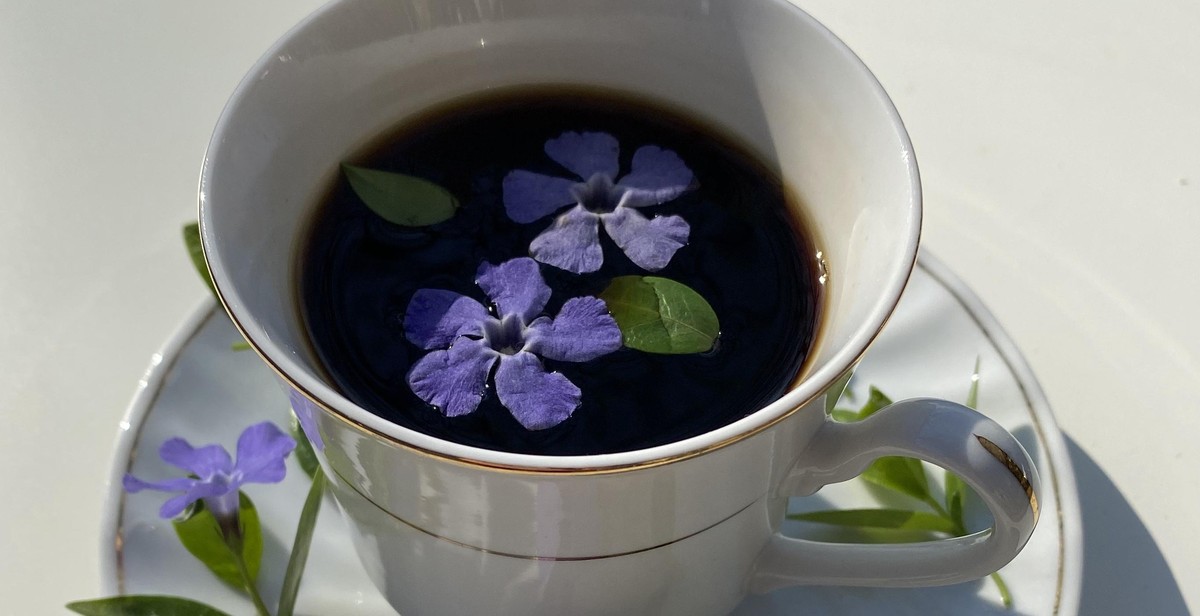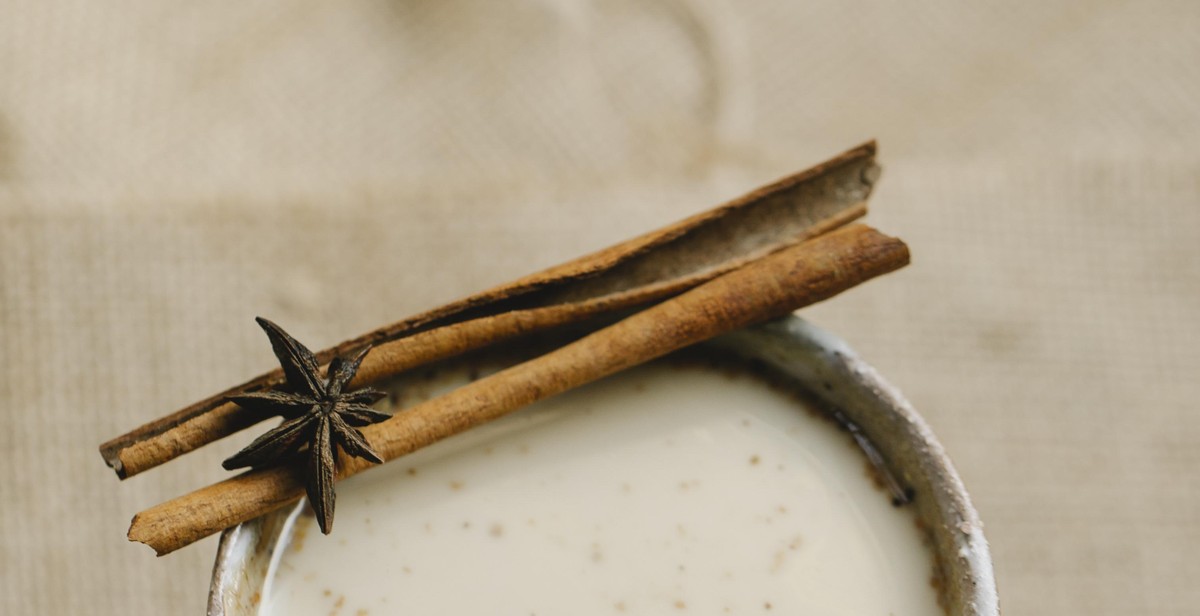How to Appreciate and Identify Different Types of White Tea
If you are a tea enthusiast, you might have come across the term “white tea.” White tea is a type of tea that is less processed than other tea types like black tea, green tea, and oolong tea. It is made from the young leaves and buds of the tea plant, Camellia sinensis. The tea leaves are harvested before they are fully opened, and they are withered and dried under controlled conditions.
White tea is known for its delicate flavor, light color, and gentle aroma. It is also rich in antioxidants, which makes it a healthy beverage option. However, not all white teas are the same. There are different types of white tea, and each has its unique flavor profile and brewing method. In this article, we will explore the different types of white tea and how to appreciate and identify them.
What is White Tea?
White tea is a type of tea that is made from the young leaves and buds of the tea plant, Camellia sinensis. The leaves are harvested before they are fully opened and are withered and dried under controlled conditions. White tea is less processed than other tea types like black tea, green tea, and oolong tea, which gives it a delicate flavor, light color, and gentle aroma.
White tea is available in different types, such as Silver Needle, White Peony, and Shou Mei. Each type has its unique flavor and brewing method, which we will explore in the subsequent sections of this article.

Types of White Tea
White tea is a type of tea that is minimally processed and made from the youngest leaves and buds of the Camellia sinensis plant. There are several different types of white tea, each with its own unique flavor and aroma profile.
Silver Needle
Silver Needle, also known as Bai Hao Yinzhen, is the most famous and expensive type of white tea. It is made from the youngest and most tender buds of the tea plant and is only harvested for a few days each year. The tea has a delicate, sweet flavor with notes of honey and a floral aroma. The leaves are long, thin, and covered in fine white hairs, giving the tea a silver appearance.
White Peony
White Peony, also known as Bai Mu Dan, is the most common type of white tea. It is made from the young leaves and buds of the tea plant and is slightly more oxidized than Silver Needle. The tea has a mild, sweet flavor with notes of melon and a floral aroma. The leaves are larger and more varied in color than Silver Needle, with a mix of green, brown, and white leaves.
Longevity Eyebrow
Longevity Eyebrow, also known as Shou Mei, is a type of white tea that is made from the larger, more mature leaves of the tea plant. It is slightly more oxidized than White Peony and has a stronger, earthier flavor with notes of hay and wood. The leaves are darker in color and have a slightly twisted shape, resembling an eyebrow.
Tribute Eyebrow
Tribute Eyebrow, also known as Gong Mei, is a type of white tea that is made from the leaves and buds that are too mature to be used for Silver Needle or White Peony. It is more heavily oxidized than the other types of white tea and has a stronger, bolder flavor with notes of honey and a smoky aroma. The leaves are twisted, with a slightly curved shape resembling an eyebrow.
| Type of White Tea | Harvest Time | Processing Level | Flavor Profile |
|---|---|---|---|
| Silver Needle | Early spring | Minimal processing | Delicate, sweet, floral |
| White Peony | Spring | Slightly more oxidized | Mild, sweet, fruity |
| Longevity Eyebrow | Spring and summer | More oxidized | Strong, earthy, hay |
| Tribute Eyebrow | Spring and summer | Heavily oxidized | Bold, smoky, honey |

How to Appreciate White Tea
If you’re new to drinking white tea or just looking for ways to appreciate it more, here are some tips to help you get the most out of your tea experience:
Brewing Temperature and Time
The key to brewing white tea is to use a lower brewing temperature and a shorter steeping time than you would for other types of tea. White tea is delicate, and using boiling water or steeping it for too long can result in a bitter taste.
For best results, use water that is around 175°F (80°C) and steep the tea for 2-3 minutes. You can adjust the steeping time based on your personal preference and the specific type of white tea you’re brewing.
Appearance and Aroma
One of the unique characteristics of white tea is its appearance. It has a light, delicate color and a subtle aroma that can vary depending on the type of tea and where it was grown.
Take the time to appreciate the visual and olfactory aspects of your white tea before you even take a sip. Notice the color of the liquor, the clarity of the liquid, and the aroma of the tea.
Taste and Texture
When it comes to taste and texture, white tea is known for its delicate, subtle flavors and smooth, silky texture. Unlike black tea, which can have bold and robust flavors, white tea is more understated.
As you sip your white tea, pay attention to the flavors and texture. Notice any hints of sweetness, floral notes, or earthy undertones. Appreciate the way the tea feels in your mouth and how it finishes.
By following these tips, you can fully appreciate the unique characteristics of white tea and enhance your overall tea-drinking experience.

Identifying High-Quality White Tea
White tea is a delicate and subtle tea that requires a discerning palate to appreciate its nuances. Here are some key factors that can help you identify high-quality white tea:
Origin and Harvest Time
High-quality white tea comes from specific regions in China, such as Fujian, Yunnan, and Guangxi. Look for teas that are labeled with the specific region they come from, as this can indicate a higher grade of tea. Additionally, the time of year the tea is harvested can affect its quality. The best white teas are harvested in early spring, when the leaves are still young and tender.
Leaf Appearance and Color
White tea leaves should be plump and have a fuzzy, silver-white appearance. The leaves should be uniform in size and shape, and should not have any brown spots or discoloration. The color of the brewed tea should be a pale yellow or light green, indicating that the leaves were harvested at the right time and processed correctly.
Aroma and Flavor
High-quality white tea should have a delicate, floral aroma that is not overpowering. The flavor should be subtle and nuanced, with notes of honey, fruit, and flowers. The tea should not have any bitterness or astringency, which can indicate poor quality or improper brewing.
| Factor | Description |
|---|---|
| Origin and Harvest Time | Look for teas from specific regions in China and those harvested in early spring. |
| Leaf Appearance and Color | White, fuzzy leaves that are uniform in size and shape and without discoloration. |
| Aroma and Flavor | Delicate, floral aroma with nuanced notes of honey, fruit, and flowers and without bitterness or astringency. |

Health Benefits of White Tea
White tea is known for its numerous health benefits. It contains a high level of antioxidants, which makes it an excellent choice for improving overall health and well-being. Here are some of the health benefits of white tea:
Antioxidant Properties
White tea is rich in antioxidants, which help to protect the body from damage caused by free radicals. Free radicals are unstable molecules that can cause damage to cells, leading to a range of health problems, including cancer, heart disease, and premature aging. By consuming white tea regularly, you can help to reduce the risk of these diseases and improve your overall health.
Boosts Immune System
White tea has been shown to boost the immune system, helping to protect the body from a range of illnesses and infections. It contains compounds that help to stimulate the immune system, making it more effective at fighting off harmful pathogens. By drinking white tea regularly, you can help to keep your immune system strong and healthy.
Promotes Oral Health
White tea has antibacterial properties, which can help to promote good oral health. It can help to reduce the risk of tooth decay, gum disease, and other oral health problems. By drinking white tea regularly, you can help to keep your teeth and gums healthy, and reduce the risk of developing oral health problems in the future.
Overall, white tea is an excellent choice for improving overall health and well-being. It is rich in antioxidants, boosts the immune system, and promotes good oral health. By incorporating white tea into your daily routine, you can enjoy these health benefits and improve your overall quality of life.

Conclusion
White tea is a delicate and subtle tea that is gaining popularity among tea enthusiasts. It is a tea that is appreciated for its unique taste and health benefits. There are several types of white tea, each with its own unique flavor profile and brewing requirements.
Identifying White Tea
When it comes to identifying white tea, it is important to look for the silver needle or white peony tea leaves. These teas have a unique appearance and a light, delicate flavor. Additionally, white tea leaves are picked at a specific time of year and undergo minimal processing, which gives them a distinctive taste and aroma.
Appreciating White Tea
Appreciating white tea involves understanding its unique flavor profile and brewing requirements. White tea is best brewed using water that is not too hot, and for a shorter amount of time than other types of tea. This allows the delicate flavors of the tea to shine through. Additionally, white tea is best enjoyed without any additives, as this can mask its unique taste.
In conclusion, white tea is a delicate and subtle tea that is gaining popularity among tea enthusiasts. By understanding the different types of white tea and how to appreciate them, you can enjoy the unique flavor and health benefits of this amazing tea.
